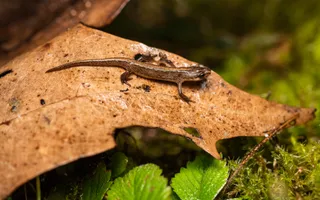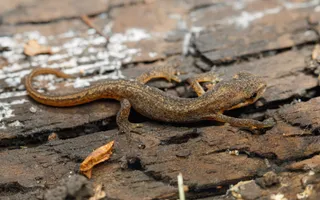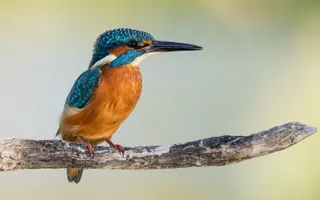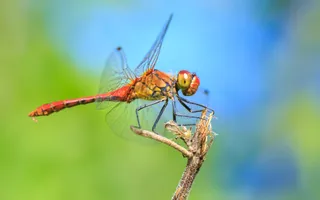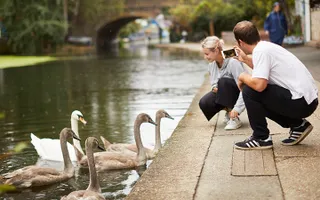Do you know your newts? They’re challenging to spot and hard to tell apart. If you’re lucky enough to see one, our guide to newts in the UK will help you discover which species you’re dealing with.
What is a newt?
Newts are amphibians. They spend their spring and summer breeding in ponds. The rest of the year, their time is taken up feeding on invertebrates in woodland, hedgerows, marshes, and grassland. During winter, newts hibernate underground.
These nocturnal creatures are hard to spot, but you might glimpse a flash of brown beneath the water.
How many types of newts are there in the UK?
The UK has three native newt species: the smooth newt, the great crested newt, and the palmate newt.
The smooth newt is our most common species. The great crested newt, on the other hand, is rare and strictly protected in the UK. They’re one of nature’s largest amphibians and an impressive sight.
How do you identify a juvenile newt?
Juvenile newts – also known as ‘efts’ – are small and tricky to tell apart. Efts are newly metamorphosed from water larvae to amphibians. Here are a few differences:
- Juvenile palmate newts have a dorsal line from their neck to the tail
- Juvenile smooth newts have a dorsal line from their neck to the front legs
- Juvenile great crested newts are around the size of an adult common or palmate newt. They’re very dark with warts and yellow-striped toes
What do smooth newts look like?
The smooth newt is a grey or green-brown colour with an orange underside and black spots that continue up the throat. Adults can grow to 10cm long.
Like many species, males look more dramatic in the breeding season as they grow a smooth crest along the length of their body and tail.
Where do smooth newts live?
Also called the ‘common newt’, these newts live up to their name. Widespread throughout the UK, you’ll find the smooth newt in most of our canals, as well as garden ponds.
Lifecycle
Adult smooth newts return to the water in the breeding season to lay eggs. Each egg is laid individually and wrapped in pond plant leaves. In late summer, the newt larvae develop their legs and absorb their gills to leave the water.
Great crested newts
What do great crested newts look like?
Great crested newts are almost black in colour with warty skin (nicknamed ‘warty newt’). They have speckled white spots and an orange underside.
Males are particularly spectacular with a jagged crest along their backs, which is especially pronounced during the breeding season.
These newts are the largest species in the UK, growing up to 17cm. Females are typically bigger than males.
Where do great crested newts live?
The great crested newt is found across England and Wales, but the population has suffered in recent decades. Now, their habitats are strictly protected.
Lifecycle
Males perform an extravagant courtship dance by standing on their front legs, arching their back, and waving their tails.
Palmate newts
What do palmate newts look like?
The palmate newt is the UK’s smallest newt and is similar in appearance to the smooth newt. However, unlike the smooth newt, palmates only have spots on their belly, not their throat. These spots are pink or yellow. They have a peach-yellow underbelly.
In the breeding season, males develop webbing on their hind feet – giving the name ‘palmate’, referring to the filling between the newt’s toes.
Where do palmate newts live?
Palmate newts have patchy populations across the UK and are less common in central England than other newt species. These newts prefer shallow ponds with acidic waters, like heathland and bogs. However, they often venture further from the water than other newts after breeding.
Lifecycle
Palmate newts begin breeding between February and July, spending their time in water. In summer, they return to the land and come November, they head underground to spend the winter.


